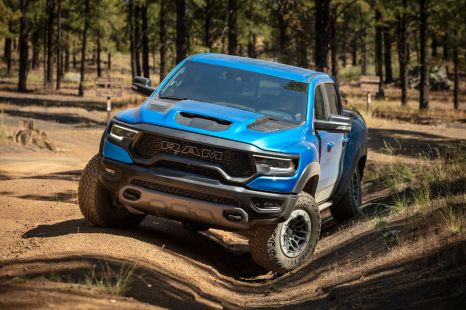

Derek Fung
Revived Ram 1500 TRX could debut on New Year's Day
2 Days Ago
Want the toughest truck in town? You'll need a Ford Ranger Raptor, then. It has the substance to match that trophy truck style.
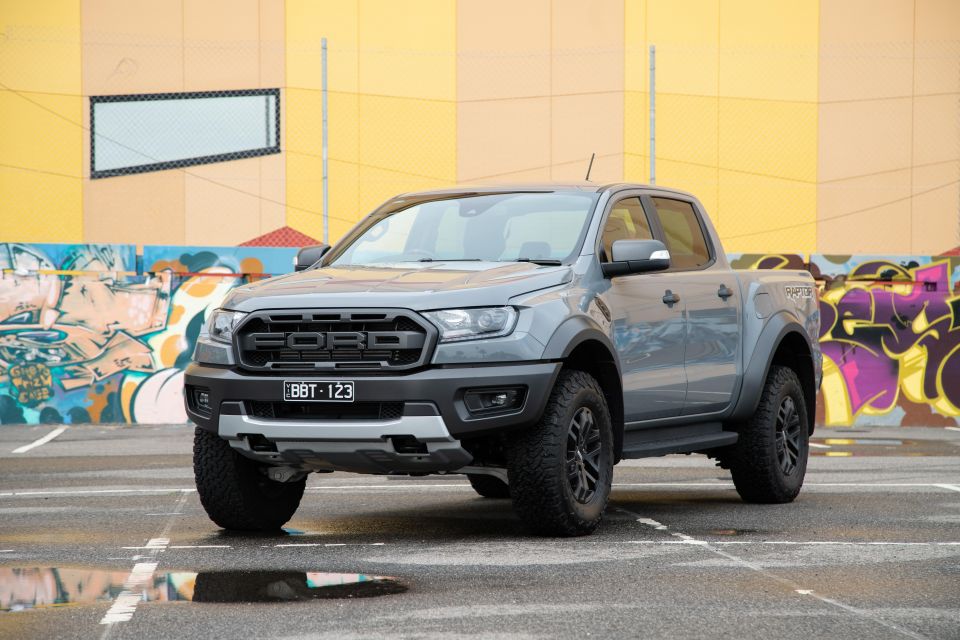
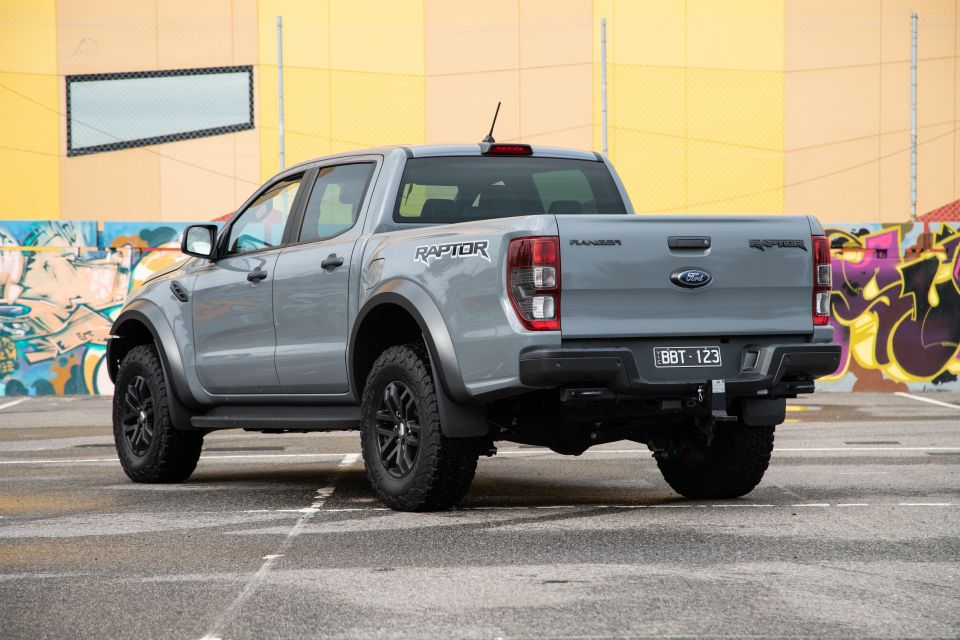

Contributor
New from
$76,490
excl. on-roads

Contributor
New from
$76,490
excl. on-roads


Contributor
New from
$76,490
excl. on-roads

Contributor
New from
$76,490
excl. on-roads
Quickly see how this car stacks up against its competition. Select any benchmark to see more details.
Where expert car reviews meet expert car buying – CarExpert gives you trusted advice, personalised service and real savings on your next new car.
Aside from the Kia Stinger, few cars get Australian motoring enthusiasts talking like the Ford Ranger Raptor.
In a market packed with utes putting style before substance, the Raptor promises immense off-road capability to match its imposing looks. With a wider track, desert-ready Fox suspension setup, and proper off-road tyres, it can do things most other factory utes could only dream of.
Want to jump your dual-cab ute? The Raptor is your best bet.

But rather than the V8 engine we all wanted but knew would never happen, or even a lightweight EcoBoost V6, the engineers at Ford slotted a new 2.0-litre bi-turbo diesel four-cylinder engine under the bonnet.
It’s now been two years since the global first drive of the Raptor, and the engine remains a talking point. Should a car that takes more than 10 seconds to hit 100km/h bear a Raptor badge?
Maybe more importantly, is there any point to the Raptor (if like most owners) you’re going to spend your time in the city?

Pricing for the Ford Ranger Raptor kicks off at $76,490 before on-road costs, making it the most expensive dual-cab ute in Australia until the Jeep Gladiator rolled into town.
You can spend more on a ute, but it’ll be an American pickup like the Ram 1500 or Chevrolet Silverado 1500. With big V8 engines and more luxurious cabins – not to mention lower payloads – than most diesel-powered dual-cab utes, they’re a very different proposition.
Ford offers the same drivetrain as the Raptor in the Ranger Wildtrak and XLT, priced at $65,390 before on-roads and $60,540 before on-roads respectively.
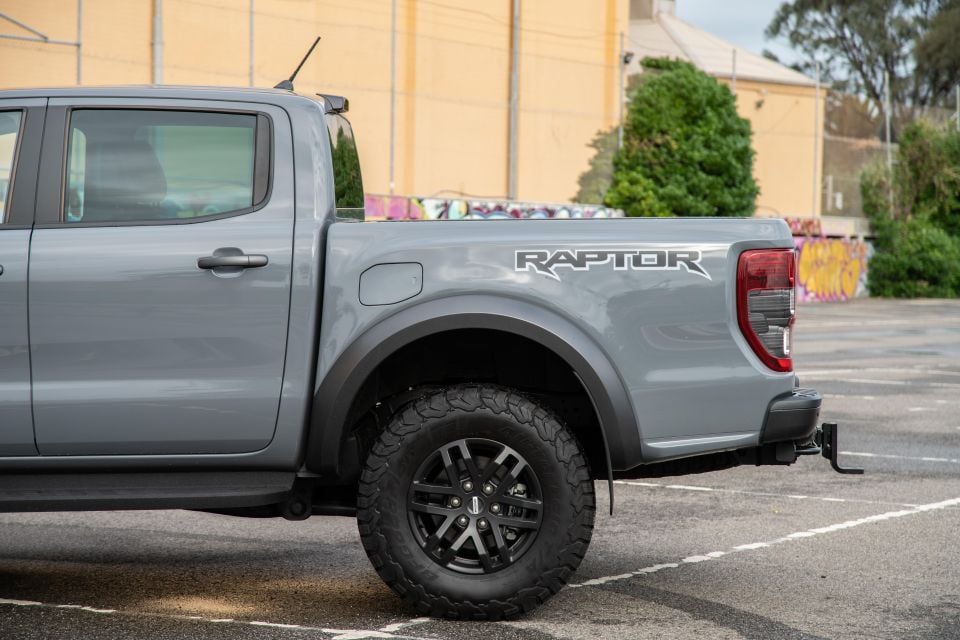
If it’s maximum presence you’re after, Nissan offers the locally-developed Navara N-Trek Warrior from $65,990 before on-road costs.
Realistically, the Ranger Raptor exists in its own sphere. No other ute has been so comprehensively overhauled under the skin.
Buy your new car without the stress. It's fast, simple and completely free.

Great service from Travis and team, second time I have used this business would not hesitate to recommend them to anyone
Craig C.
Purchased a Ford Ranger in Sunshine Coast, QLD
CarExpert helped Craig save thousands on his Ford Ranger, now let us save you on your next new car.
Find a dealThe Raptor carries the promise of one of the most comprehensively engineered off-road suspension setups ever offered on a dual-cab ute in Australia.
It has a ton of underbody protection fashioned from 2.3mm high-tensile steel to protect from rock strikes, and the track has been widened by 150mm compared to a Ranger Wildtrak. Think the Raptor looks significantly bigger than a regular Ranger? It is.
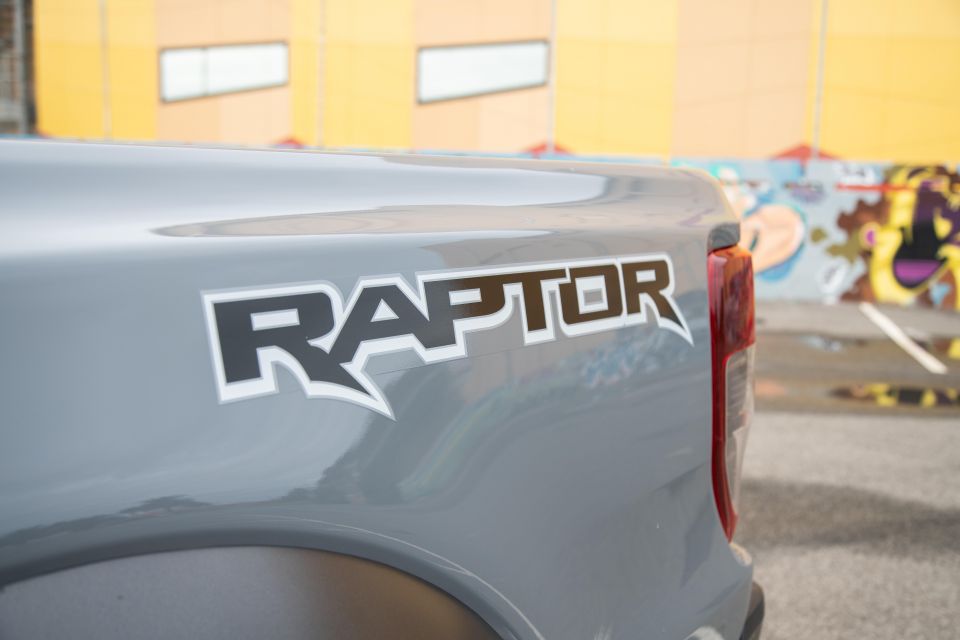
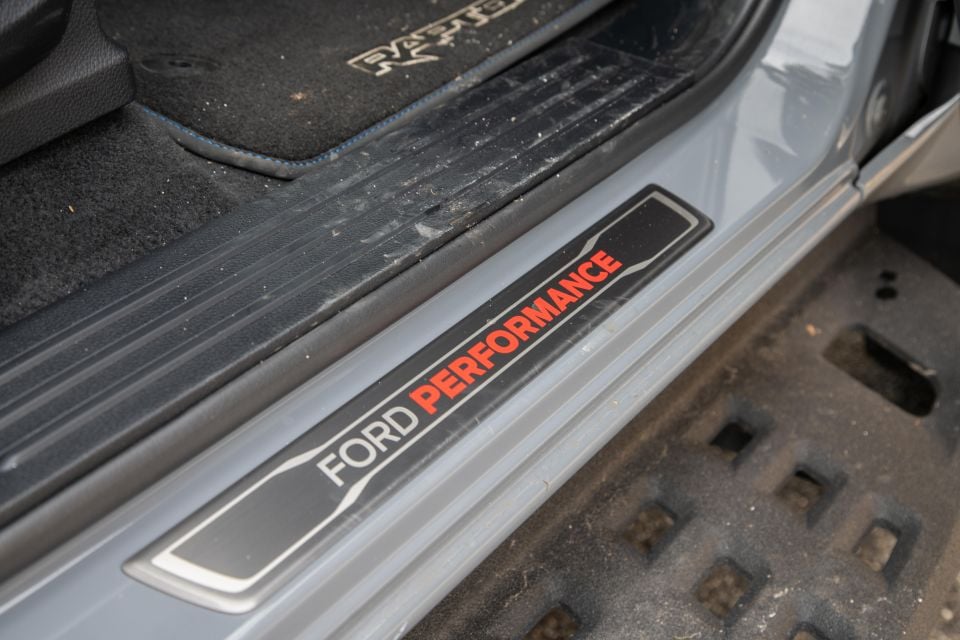
There’s a whopping 283mm of ground clearance thanks to the new Fox 2.5 shock absorbers, which pack an internal bypass at the front and a remote reservoir at the rear. Gone are the rear leaf springs, replaced with a new coilover suspension.
The chassis has been reworked to better suit high-speed off-road running, and the side rails, now made of magnesium, have been stiffened.
Externally, you’ll be able to tell the Raptor apart from the wider Ranger line-up from its extended wheel arches, tough new front grille, 17-inch alloy wheels, and Raptor graphics. Our tester was, thankfully, not fitted with the full camouflage sticker package – but you can opt for a more prominent graphics package if you’d like to look obnoxious.
Inside, the driver and passenger sit in heated Ford Performance sports seats trimmed in leather and suede. There are unique instruments, a steering wheel featuring a prominent red stripe at 12 o’clock, and a smattering of Raptor emblems.
The real highlight is the magnesium paddles behind the steering wheel, which have a lovely action and are cold to the touch. A few expensive German sports cars could learn a thing or two about how paddles should really feel.
Infotainment comes courtesy of an 8.0-inch touchscreen running Sync 3, and there’s a compact trip computer between the dials for speed, fuel, and odometer data.
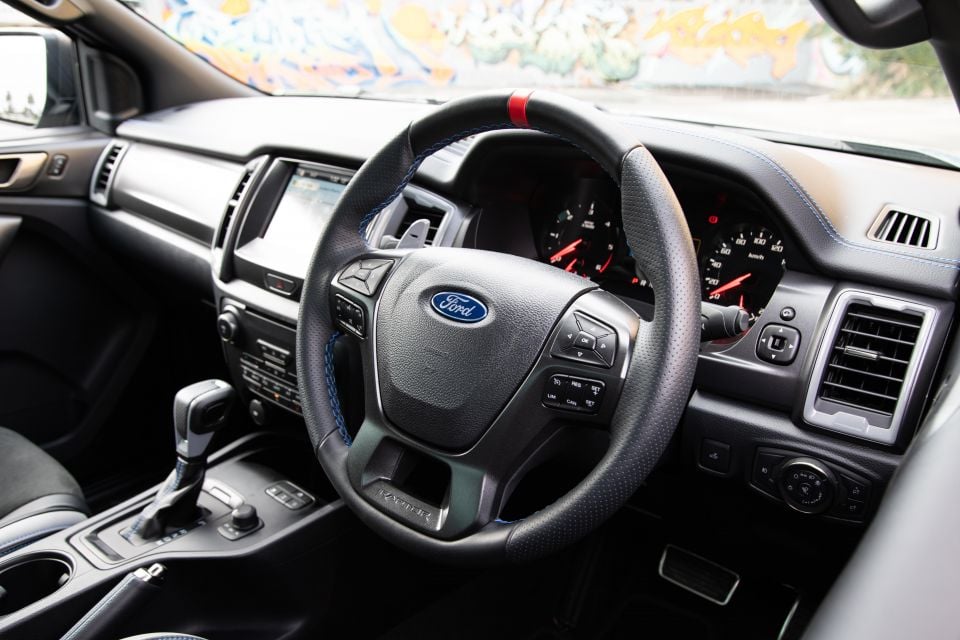
Along with factory navigation and voice control, the Ranger packs Apple CarPlay and Android Auto. The touchscreen is your hub for climate control as well, supplemented by physical buttons on the dashboard.
The Ford Ranger has a five-star ANCAP safety rating based on testing out in 2015. It scored 36.72 out of a possible 37 points.
Although the Raptor hasn’t been individually tested, it shares most of its safety equipment with the wider Ranger line-up.
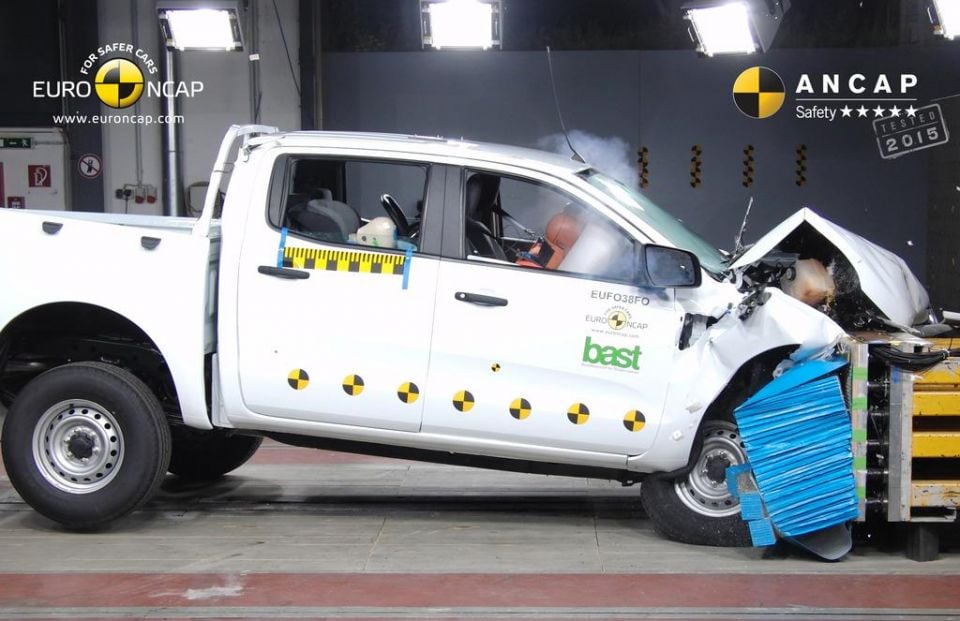
There’s six airbags including full-length curtain airbags, something the Volkswagen Amarok can’t match.
Although it launched without it, the Raptor has since been updated with autonomous emergency braking with pedestrian detection, but it still misses out on adaptive cruise control and front parking sensors.
Like a Ranger, but with a little bit more excitement.
The sports seats are a big improvement on those in the Wildtrak, with firmer bolstering and better under-thigh support. The heaters also seem more potent than the ones in the cloth/leather-trimmed pews in non-Raptor Rangers.
They’re a bit light on under-thigh support for gangly-legged drivers, but otherwise they’re the perfect blend of support and comfort.
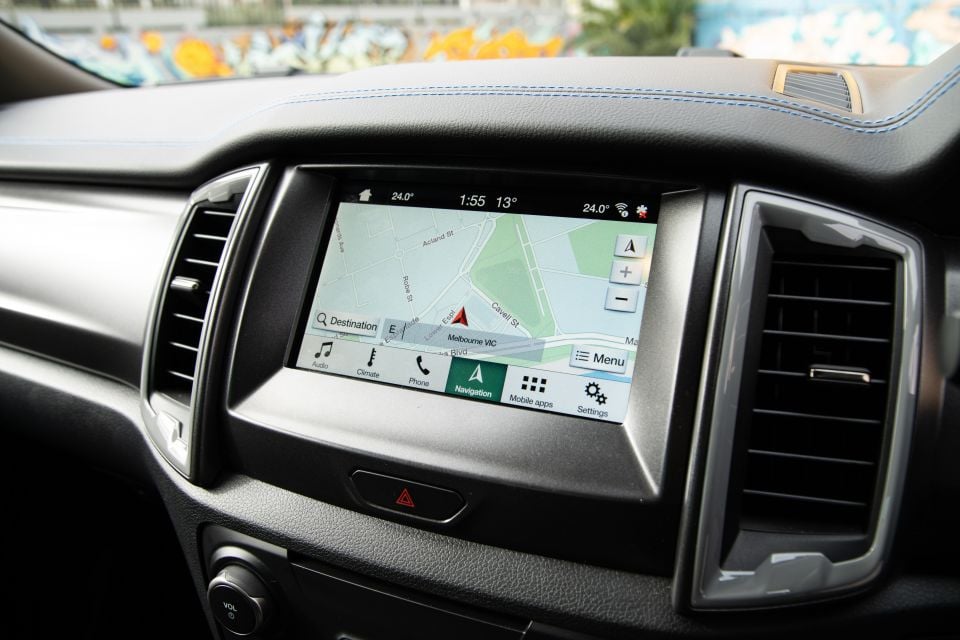
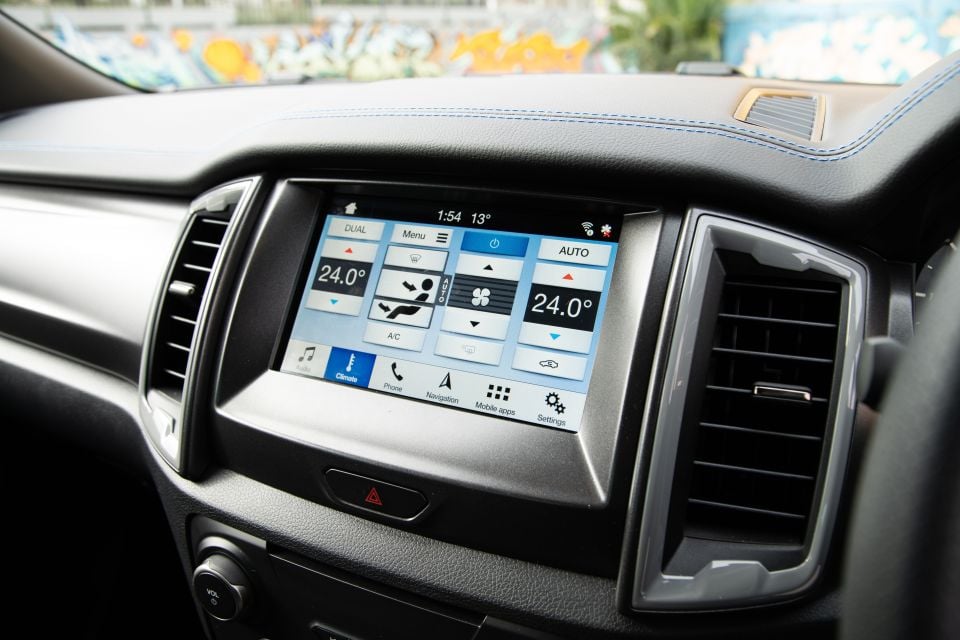

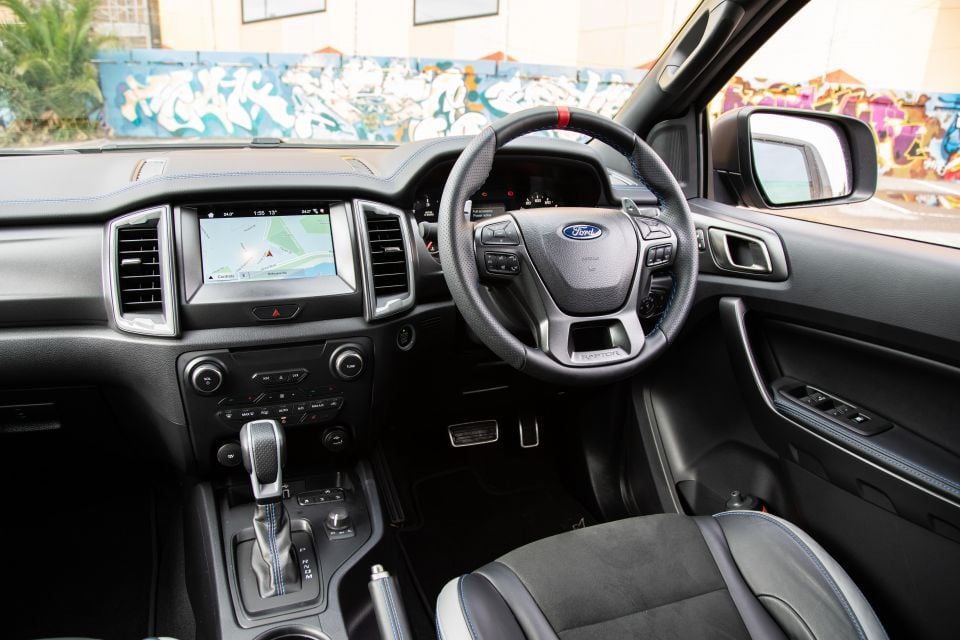
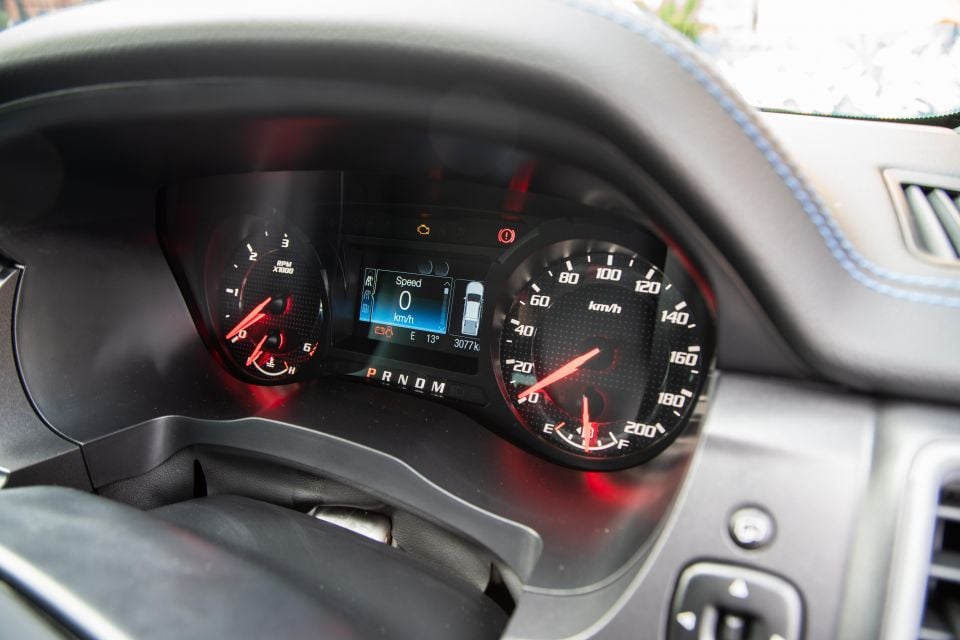
Unfortunately, the steering wheel doesn’t telescope, which holds the driving position back from being pickup perfection.
Rear seat space is par for the dual-cab class, which means headroom is decent for taller passengers, and legroom is generous enough to accomodate average-sized apprentices. The fact Ford has stumped for retractable grab handles is thoughtful, and means rough roads won’t cause concussions back there.
Less thoughtful is the lack of air vents. Although the three-pin and 12V plugs are handy, cooling air would be handier on a hot summer’s day.
As is the case with the regular Ranger line-up, there are some hard plastics scattered around – but if you’re off-roading, or aren’t particularly gentle with your cars, that could be a good thing. All the touch points are quality, though.
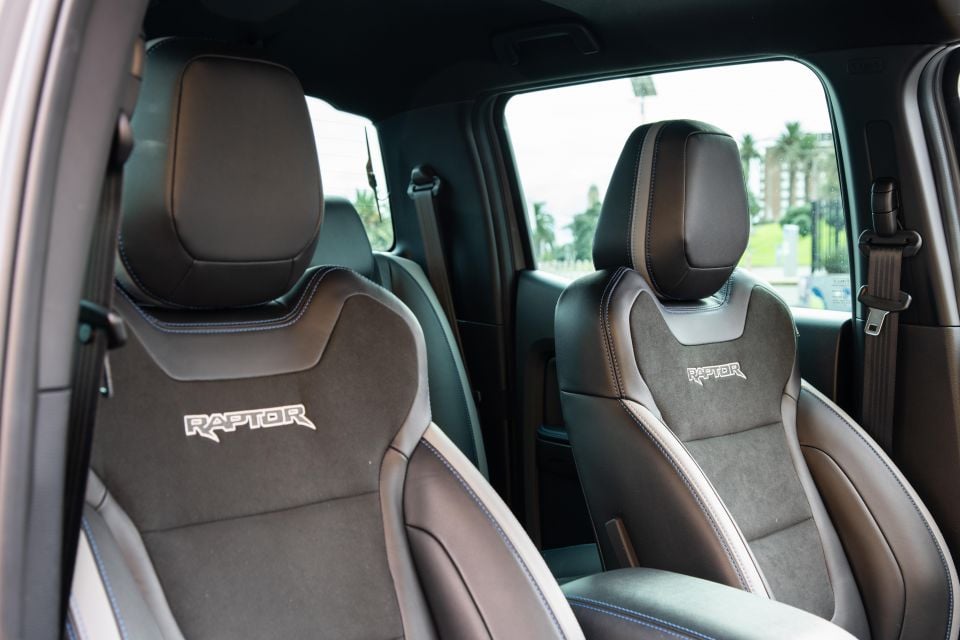
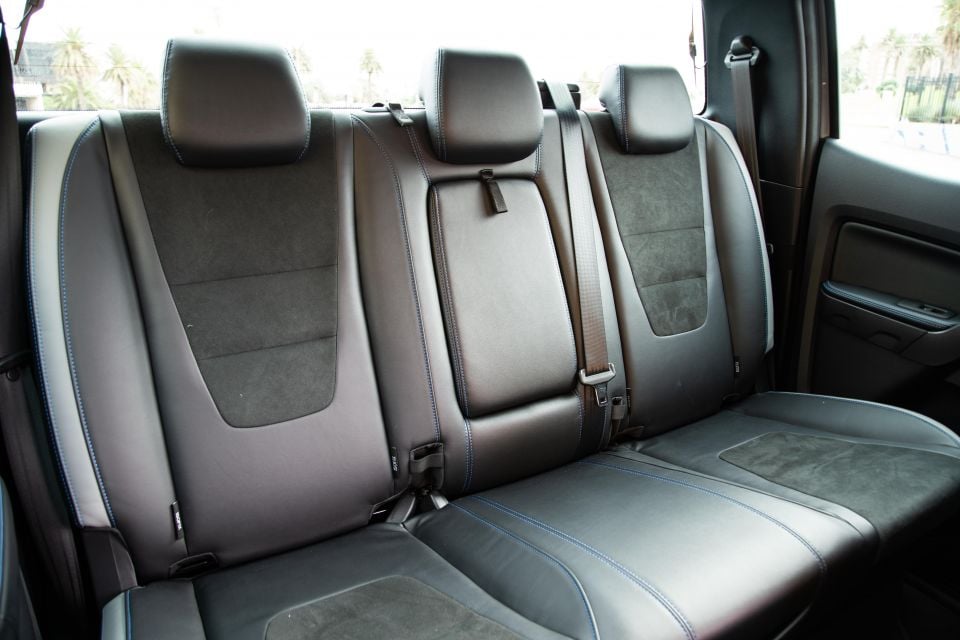
The cold metal paddles behind the wheel are a lovely touch, as we said earlier, and the chubby leather steering wheel is nice to hold, and to behold. The gear selector also has a reassuringly chunky feeling, and the handbrake lever is trimmed in leather.
Storage spaces are plentiful, including a deep central bin under the arm rest and an open space below the dashboard.
Where the Raptor really shines, like the wider Ranger line-up, is on the technology front. Sync 3 is streets ahead of Toyota’s utilitarian setup, and even the updated infotainment system in the latest Nissan Navara.
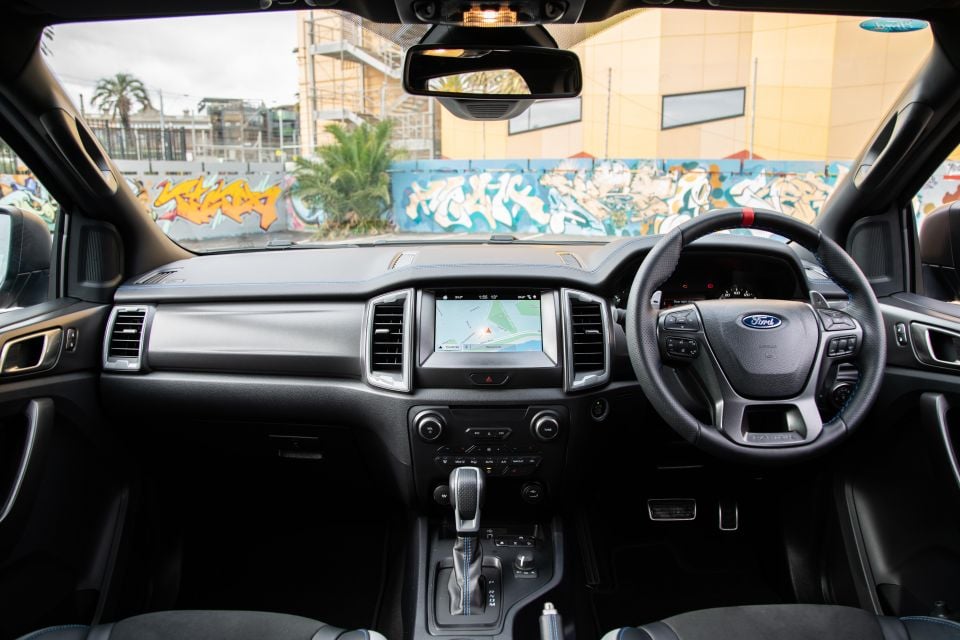
Along with satellite navigation, you get Apple CarPlay and Android Auto, Bluetooth phone connectivity and native voice recognition that’s among the best in the business. From the snappy responses to the slick graphics, the Raptor has the best technological bones of any ute.
Does the Raptor feel $75,000 special inside? More colour would be nice, or maybe some more of the flat grey metal from the paddles on the dash to really reinforce the fact this is an all-singing, all-dancing trophy truck with number plates.
It’s not a V8, or even a turbocharged V6.
The Ranger Raptor debuted a new 2.0-litre Bi-Turbo diesel for Ford, with 157kW of power and 500Nm of torque.
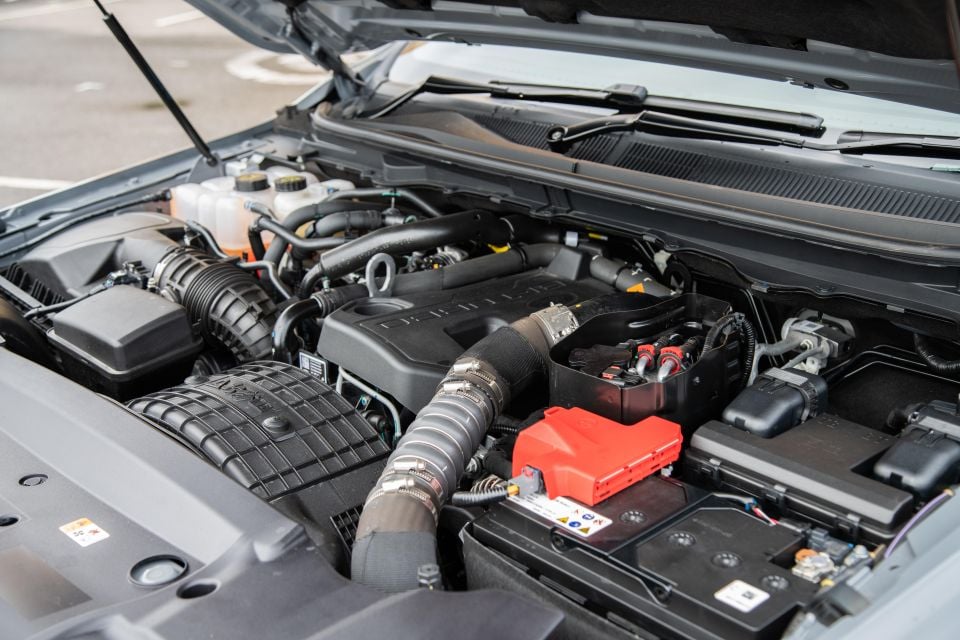
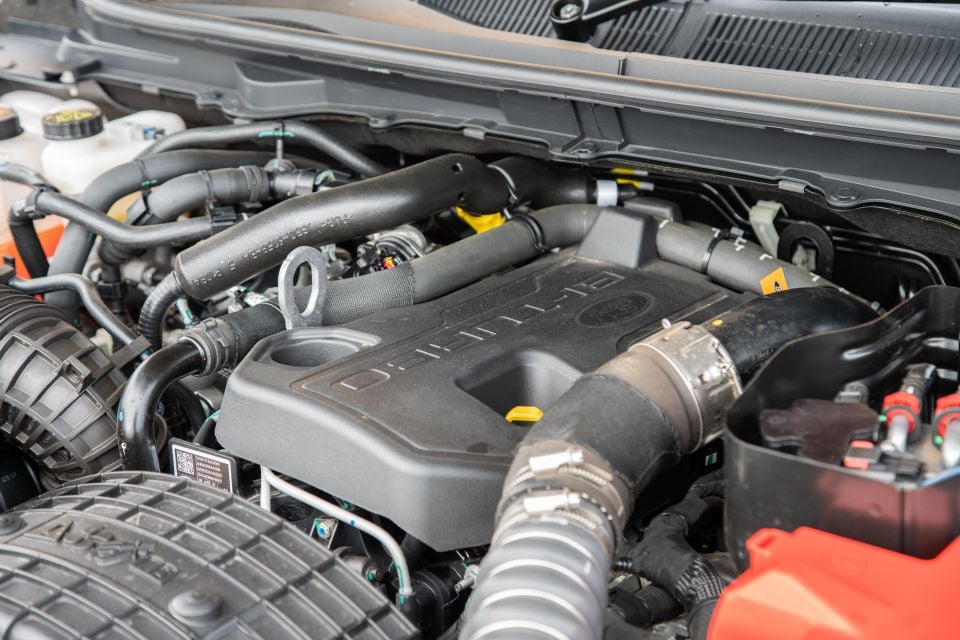
It’s mated with a 10-speed automatic transmission as standard, co-developed by Ford and General Motors.
The engine is shared with the Ranger Wildtrak and XLT.
We’re not going to harp too heavily on the engine, because no amount of complaining is going to turn it into the EcoBoost V6 from the F-150 Raptor.
With a 100km/h sprint time of more than 10 seconds, it’s not exactly going to set your pulse racing. But the 10-speed automatic does an incredible job keeping the engine in its power band, shuffling imperceptibly between ratios to stick between 2500rpm and 3000rpm on light throttle inputs.
Driven day-to-day, it’s impressively refined. There’s a dash of diesel clatter on cold start, but it’s smoother and quieter than the 3.2-litre engine used elsewhere in the Ranger line-up.
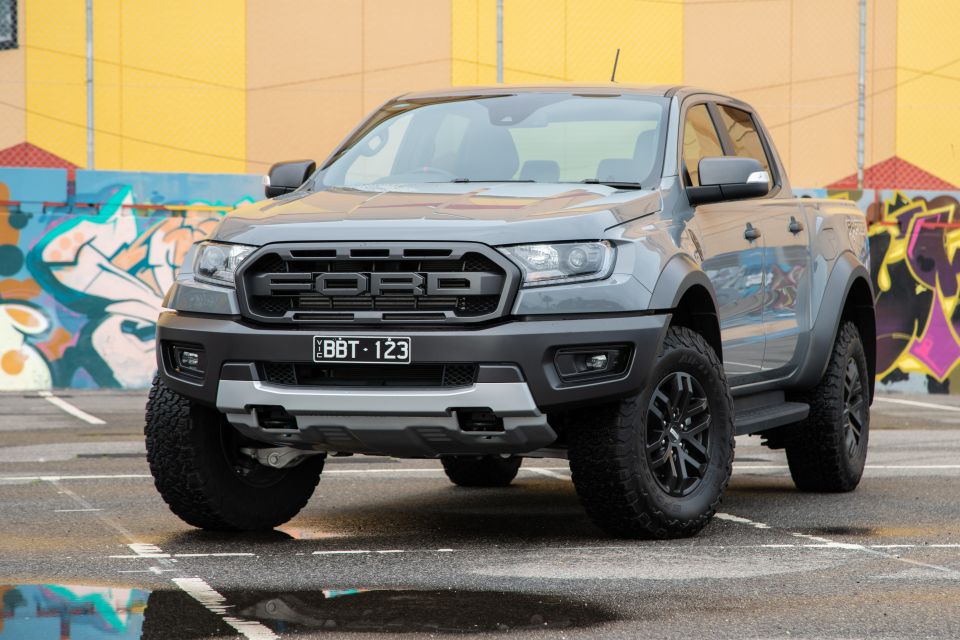
Things get raucous when really pushed, with a slightly rattly top-end. All of which raises the question of whether this is really an engine befitting the Raptor badge…
After all, the F-150 Raptor has always been about an unhinged experience from the second you turn the key. It’s a shame Ford couldn’t do more with the Ranger engine because it’s workmanlike at best, and doesn’t sparkle like the rest of the package.
Speaking of which, driving the Raptor is like nothing else I’ve experienced in a dual-cab ute.
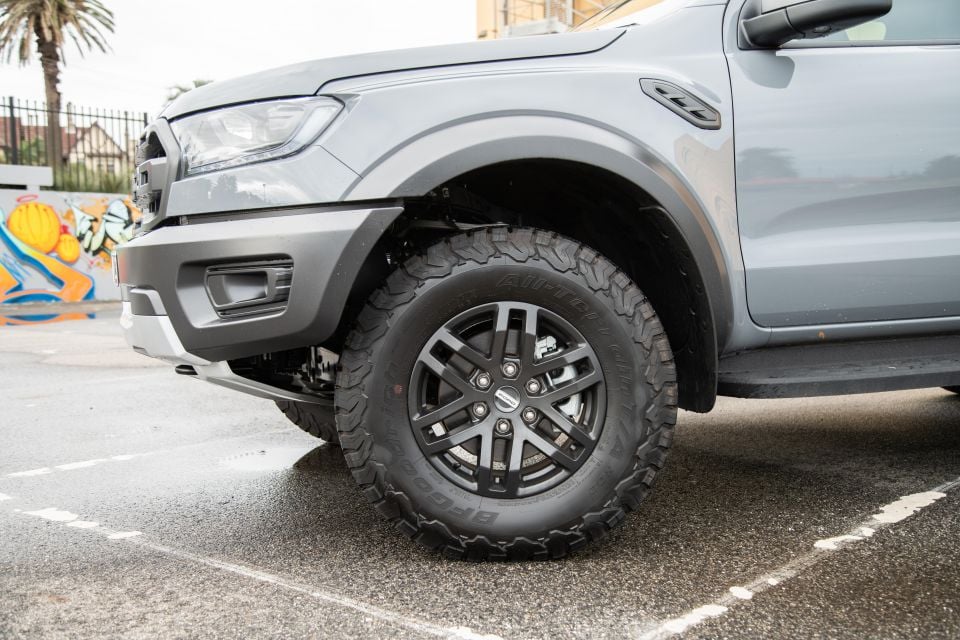
To start with, you sit much higher than in a Wildtrak, and the steering is more direct. The significantly wider track and corresponding body add-ons mean the Raptor pushes right to the edge of inner-city lanes, and there’s none of the unladen jittering from the rear suspension that afflicts more conventional dual-cab utes.
No obstacle is too great for the Raptor in town. Speed bumps and rough roads just disappear under its wheels, no matter what speed you’re doing – the faster the better, in some cases. It feels indomitable in a way not even the Nissan Navara N-Trek Warrior can match.
This incredible composure extends to rutted and corrugated gravel roads, where the Raptor can cover ground in a way its rivals just can’t match. Our week with the car this time around was mostly spent on the blacktop, but past experience has shown it’s staggeringly capable when the going gets tough.
The car’s off-road bones do make compromise its performance in the city. The BF Goodrich tyres might dig into muddy tracks better than road-focused rubber, but the Raptor can struggle to put its power down on even light throttle inputs when the road is wet.
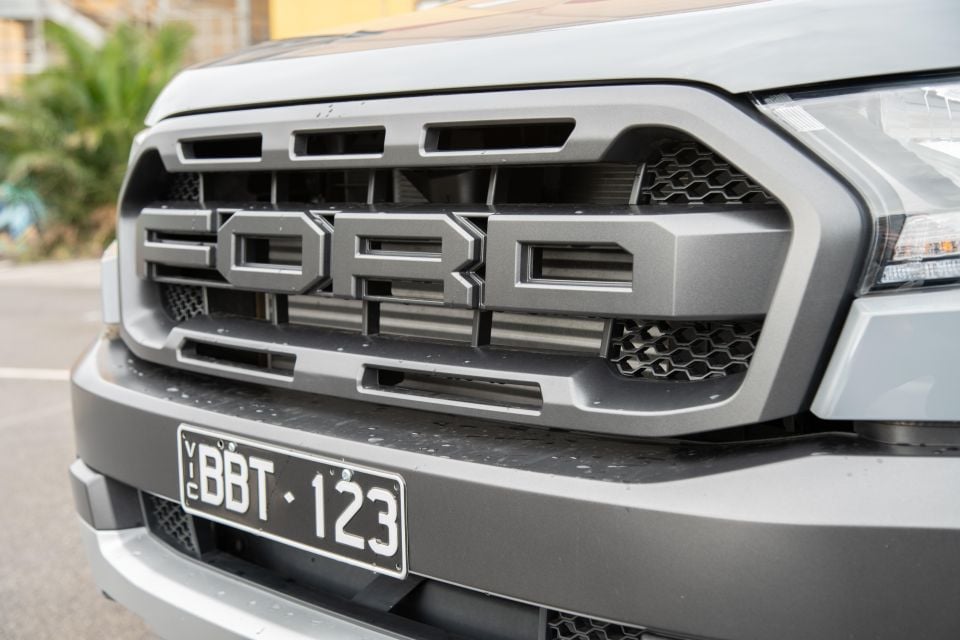
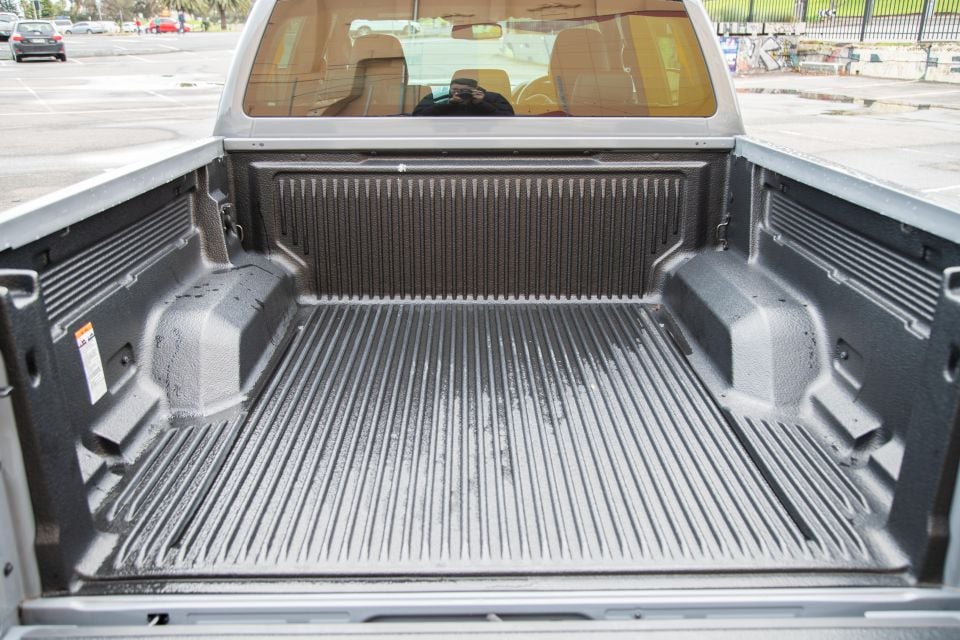
Where expert car reviews meet expert car buying – CarExpert gives you trusted advice, personalised service and real savings on your next new car.
The next Raptor is expected to offer full-time all-wheel drive, and will be better for it. With bigger tread blocks than regular tyres, the BF Goodrich hoops are also noisier than those on the Wildtrak.
Parking can be tricky with such a wide ute, and it’s tough to know where the front corners of the car are without front parking sensors.
Load-lugging practicality has taken a hit in the transition from tradie-ready dual-cab to wannabe trophy truck. Payload is just 748kg, down more than 200kg on the Wildtrak, and the Raptor will only tow 2500kg braked. You also don’t get sports bars or a roll-top cover, despite those features being standard on lower-spec models.
The fancy Fox suspension is to blame. Turns out balancing load-lugging ability with Baja-style capability isn’t possible.
Then again, comparing the Raptor to regular utes isn’t really fair. Although it has a dual-cab body, it’s an enthusiast vehicle first and foremost.
When you consider what enthusiasts are willing to put up to get their kicks in sports cars, the trade-offs present in the Raptor are more than acceptable.
Maintenance for the Ranger is required every 12 months or 15,000km – whichever comes first.
In addition to its five-year, unlimited kilometre warranty, Ford offers capped-price servicing for the Ranger.
The first four services will cost no more than $299 while the fifth service will cost $365.
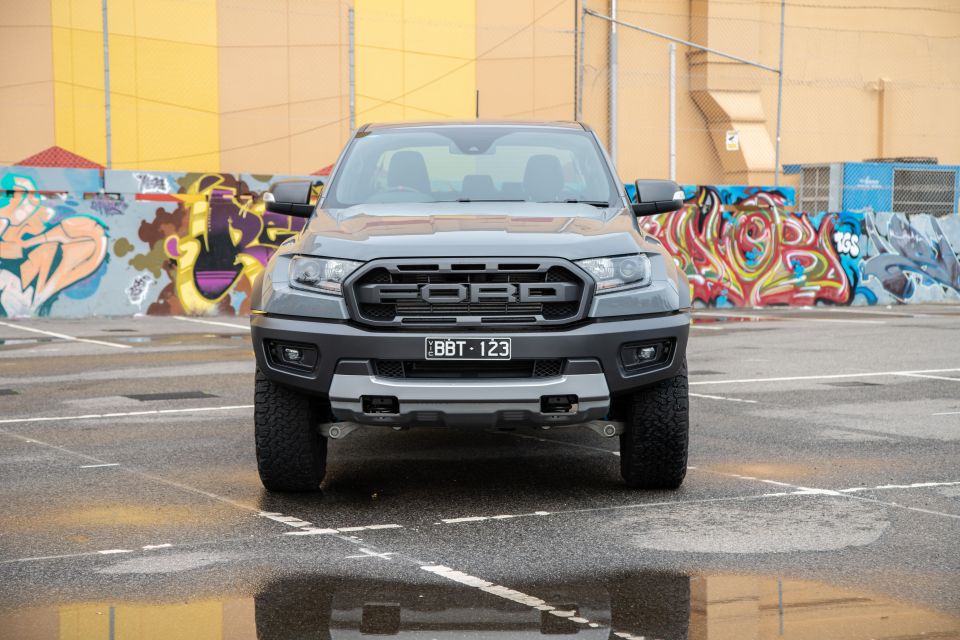
No-one really needs a Ranger Raptor, but the number of jacked-up XLTs kicking around with fake grilles, big wheels, and poorly raised suspensions proves the market wants one.
Thankfully, Ford has done an exceptional job. If you want the toughest, most capable ute on the market in Australia, there’s simply nothing to rival it – although the Navara N-Trek Warrior gets closer than anything else.
It crushes speed bumps and jumps dunes like no other ute, backed by a five-year factory warranty.
It’s just a shame the engine doesn’t offer more excitement, because it’s really the only knock on the Raptor. There’s nothing wrong with the four-cylinder, but more grunt (or a touch more drama) wouldn’t go astray.
While we’re griping… You don’t need to be an off-roader to enjoy it, but there are more practical utes out there for the city. It’s also low on load-lugging ability compared to a Wildtrak, and can’t tow nearly as much.
But this is a heart car, not a head one. If you want one, buy one. You won’t be disappointed.
Where expert car reviews meet expert car buying – CarExpert gives you trusted advice, personalised service and real savings on your next new car.
Scott Collie is an automotive journalist based in Melbourne, Australia. Scott studied journalism at RMIT University and, after a lifelong obsession with everything automotive, started covering the car industry shortly afterwards. He has a passion for travel, and is an avid Melbourne Demons supporter.


Derek Fung
2 Days Ago
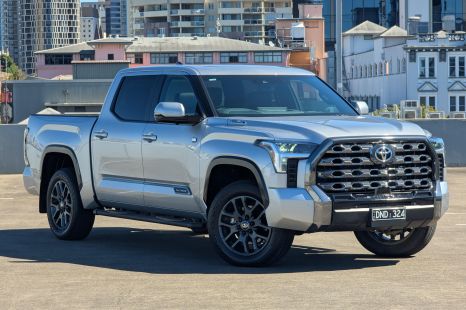

Damion Smy
5 Days Ago
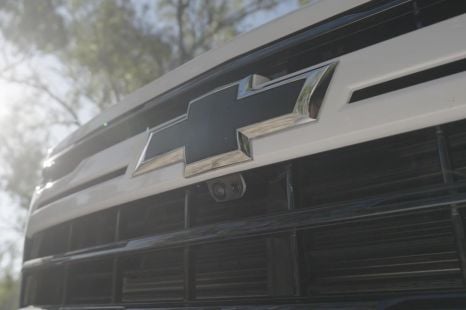

Ben Zachariah
7 Days Ago


James Wong
13 Days Ago
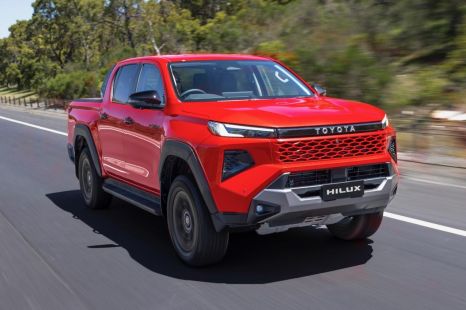

Ben Zachariah
13 Days Ago
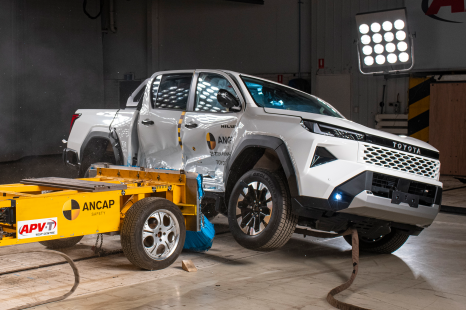

William Stopford
14 Days Ago